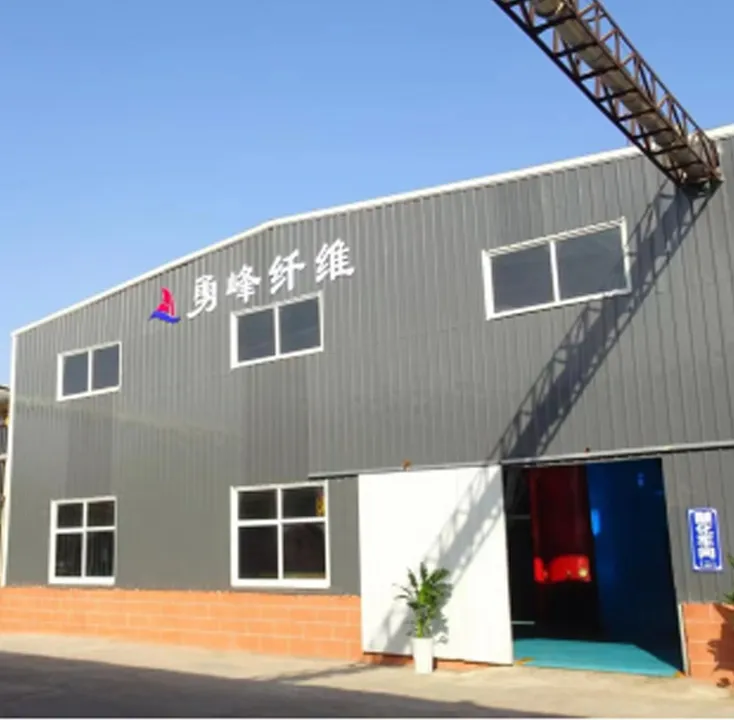Understanding HPMC Chemical A Versatile Polymer
Hydroxypropyl Methylcellulose (HPMC) is a semi-synthetic polymer derived from cellulose, a natural polymer obtained from the walls of plant cells. HPMC is nationally recognized for its thickening, emulsifying, and film-forming properties, making it integral across various industries. Its unique characteristics allow it to serve diverse applications, from pharmaceuticals to construction materials and food production, thus marking its significance in modern manufacturing processes.
Chemical Structure and Properties
The chemical composition of HPMC involves the substitution of hydroxyl groups on the cellulose backbone with hydroxypropyl and methyl groups. This alteration enhances the polymer's solubility in water and its ability to modify the viscosity of solutions and suspensions. The degree of substitution, which refers to the extent to which the cellulose molecules are modified, determines the properties of HPMC, including its solubility, gel formation, and viscosity. Different grades of HPMC are available, each tailored for specific applications by controlling these substitution levels.
One of the most notable properties of HPMC is its thermal stability. It can withstand a range of temperatures without degrading, which is crucial for applications that involve heat processing. Additionally, HPMC is non-toxic, biodegradable, and compatible with a variety of substances, making it an ideal choice for products intended for human consumption or pharmaceutical use.
Applications in Pharmaceuticals
In the pharmaceutical industry, HPMC is widely utilized as a binder, thickener, and film-forming agent in tablet formulations and controlled-release drugs. Its ability to form a gel when mixed with water allows for the sustained release of active pharmaceutical ingredients, optimizing therapeutic efficacy. HPMC also plays an essential role in the production of capsules, where it serves as a vegetarian alternative to gelatin. Its inert nature ensures that it does not interact adversely with active ingredients, making it a preferred excipient in many formulations.
Beyond oral dosage forms, HPMC is used in topical creams and gels for its emulsifying and stabilizing properties, ensuring a uniform distribution of active ingredients in the final product. Furthermore, its film-forming ability provides a protective barrier on the skin, enhancing product longevity and effectiveness.
hpmc chemical

Role in Construction and Building Materials
HPMC's thickening and water-retaining properties make it an important additive in construction materials such as cement, mortars, and plasters. When integrated into these mixtures, HPMC enhances workability, prolongs the open time, and improves adhesion properties, allowing for smoother application and better performance. Its water retention capability ensures that the material remains workable for longer durations, which is essential for various construction projects.
Moreover, HPMC aids in the prevention of shrinkage and cracking, contributing to the durability of finished products. When used in dry mix formulations, it enhances the consistency of the product, ensuring that builders achieve uniform results across their projects.
Use in Food Products
In the food industry, HPMC is recognized for its ability to act as a thickener, emulsifier, and stabilizer. It is commonly found in ice creams, sauces, and dressings, where it enhances texture and improves mouthfeel. Its capability to retain moisture is particularly beneficial in bakery items, preventing staleness and prolonging shelf life.
HPMC is also employed in the formulation of gluten-free and low-calorie products due to its ability to mimic the properties of gluten, thus aiding in the creation of appealing textures without sacrificing flavor. This makes it an essential ingredient in catering to dietary preferences and restrictions.
Conclusion
In conclusion, Hydroxypropyl Methylcellulose (HPMC) stands out as a multifunctional chemical with diverse applications across several industries. Its unique structural properties and versatility make it a valuable component in pharmaceuticals, construction, and food production. As ongoing research delves into new formulations and applications, HPMC's role is likely to expand further, solidifying its status as an indispensable polymer in modern manufacturing. Its safety, efficiency, and adaptability continue to drive innovation in various sectors, ensuring that HPMC remains a cornerstone of contemporary chemical formulations.
-
Rdp Powder: Key Considerations for Wholesalers in the Building Materials IndustryNewsJul.08,2025
-
Key Considerations for Wholesalers: Navigating the World of Hpmc - Based ProductsNewsJul.08,2025
-
Hpmc Detergent: Key Considerations for WholesalersNewsJul.08,2025
-
Key Considerations for Wholesalers: China Hpmc For Tile Adhesive, Coating Additives, Concrete Additives, and MoreNewsJul.08,2025
-
Crucial Considerations for Wholesalers: Navigating the World of Construction MaterialsNewsJul.08,2025
-
Key Considerations for Wholesalers Sourcing Additive For Cement, Additive For Concrete, Additive For Putty from Additive Manufacturer Shijiazhuang Gaocheng District Yongfeng Cellulose Co., Ltd.NewsJul.08,2025




